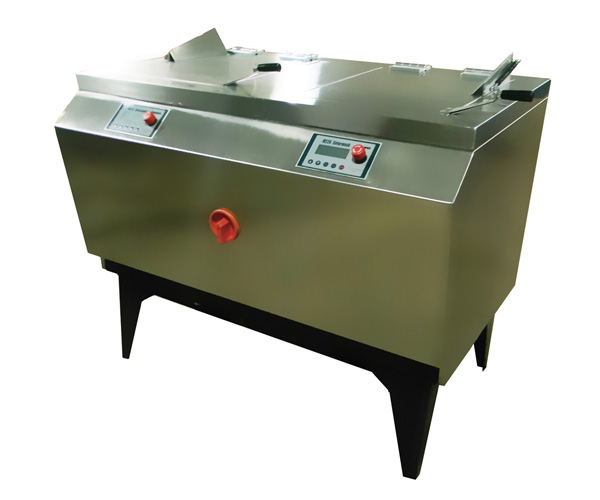
NewsInformation Center
How do you test fabric for Colorfastness?
2023/09/12
Testing the color fastness of fabrics is an important step in ensuring that their colors will not fade or bleed during use and washing. Below are general guidelines on how to test fabrics for color fastness for your reference.
1. Determine the test method:
There are several test methods to evaluate the color fastness of fabrics, including dry rubbing, wet rubbing, washing, perspiration, and light. The selection of the appropriate test method depends on the use of the fabric and the intended environment of use.
2. Prepare the test sample:
Select a representative piece of sample from the fabric for testing. Ensure that the sample is large enough for multiple tests to obtain reliable results.
3. Prepare test criteria:
Prepare a set of test criteria based on the intended use environment and requirements. These standards should include test methods, test conditions, scoring criteria, and so on. For example, you can use the color fastness test standards of the International Organization for Standardization (ISO), such as the ISO 105 standard series.
4. Dry rubbing test:
Using clean white fabric or paper, apply a certain amount of friction on the fabric. Observe for color transfer on the fabric. Score using a grey scale standard to assess the degree of color change.
5. Wet rubbing test:
A fabric sample is soaked through dye and then rubbed using moist white fabric or paper. Observe for color transfer on the fabric. Score using a gray scale.
6. Washing Test:
Place the fabric sample under specific washing conditions such as temperature, detergent concentration and time. After completing the wash, observe any color change in the fabric. Scoring is done using a grayscale criterion.
7. Sweat test:
Expose fabric samples to artificial sweat to simulate the effects of human perspiration. Observe for any color shift or change in the fabric. Score using a gray scale.
8. Light test:
Expose fabric samples to an artificial light source to test their light resistance. Observe any color change in the fabric. Score using a gray scale.
9. Analyze and evaluate results:
Evaluate the color fastness of the fabric based on the test results and scoring criteria. Compare the results with predetermined criteria to determine if the fabric meets the requirements.
10. record and report:
Record the details of the testing process, conditions and results in a report. The report should include a description of the test specimen, the test method, the scoring results and any other relevant information.
Washing fastness testers can be used to evaluate the washing fastness and sweat resistance of fabrics. They can be used on fabrics made of cotton, wool, silk, ramie, and chemical fiber.
Here are some washing fastness tester:
Here are some washing fastness tester:
1. Washing machine: Used to simulate the physical action of fabrics during the washing process. Usually washing machines with mechanical action, such as drum-type or up-and-down oscillating washing machines, are used. 2.
2. Friction tester: Used to evaluate the resistance of fabric surfaces to friction. By applying a certain amount of pressure and friction, it simulates the friction that the fabric may encounter in daily use.
3. Colorfastness tester (Colorfastness tester): used to assess the color fastness of fabrics. By simulating different washing conditions, friction, light and other factors, test whether the fabric color is stable and not easy to fade or penetrate.
4. Flat drying machine (Flat drying machine): used to simulate the process of natural drying of fabrics on a flat surface. The equipment can adjust the temperature and humidity to control the drying conditions, to assess the dimensional stability of the fabric in the drying process and morphological changes.
5. Drying oven (Drying oven): used to simulate the process of drying fabrics at high temperatures. By setting the appropriate temperature and time, the fabric is tested for shrinkage, deformation, color fading and other problems during the drying process.
These test equipment can be customized and adjusted according to specific test requirements and standards. When carrying out fastness to washing tests, it should be ensured that the relevant test standards are followed and that the tests are carried out in a suitable laboratory or organization.
It should be noted that the color fastness of fabrics may be affected by a number of factors, including the type of fabric, the type of dyestuff, the dyeing process, the environment in which it is used, and so on. Therefore, when testing color fastness, one should try to simulate the actual conditions of use and conduct multiple tests to obtain more accurate results. In addition, it is recommended to refer to relevant standards and industry guidelines to ensure the accuracy and comparability of the tests.
Previous: How many types of rubbing fastness are there?
N e x t : What Is the Price of a Universal Test Machine?




